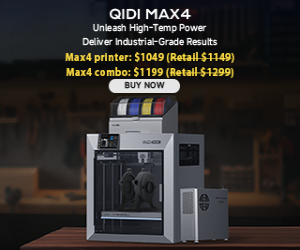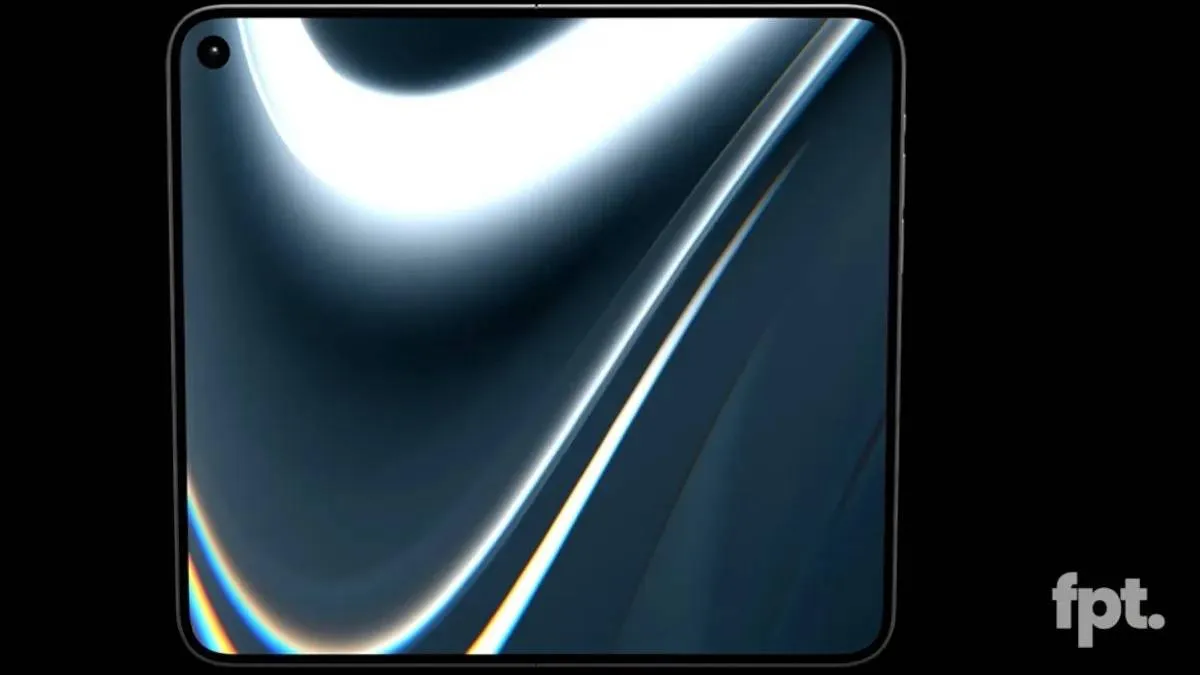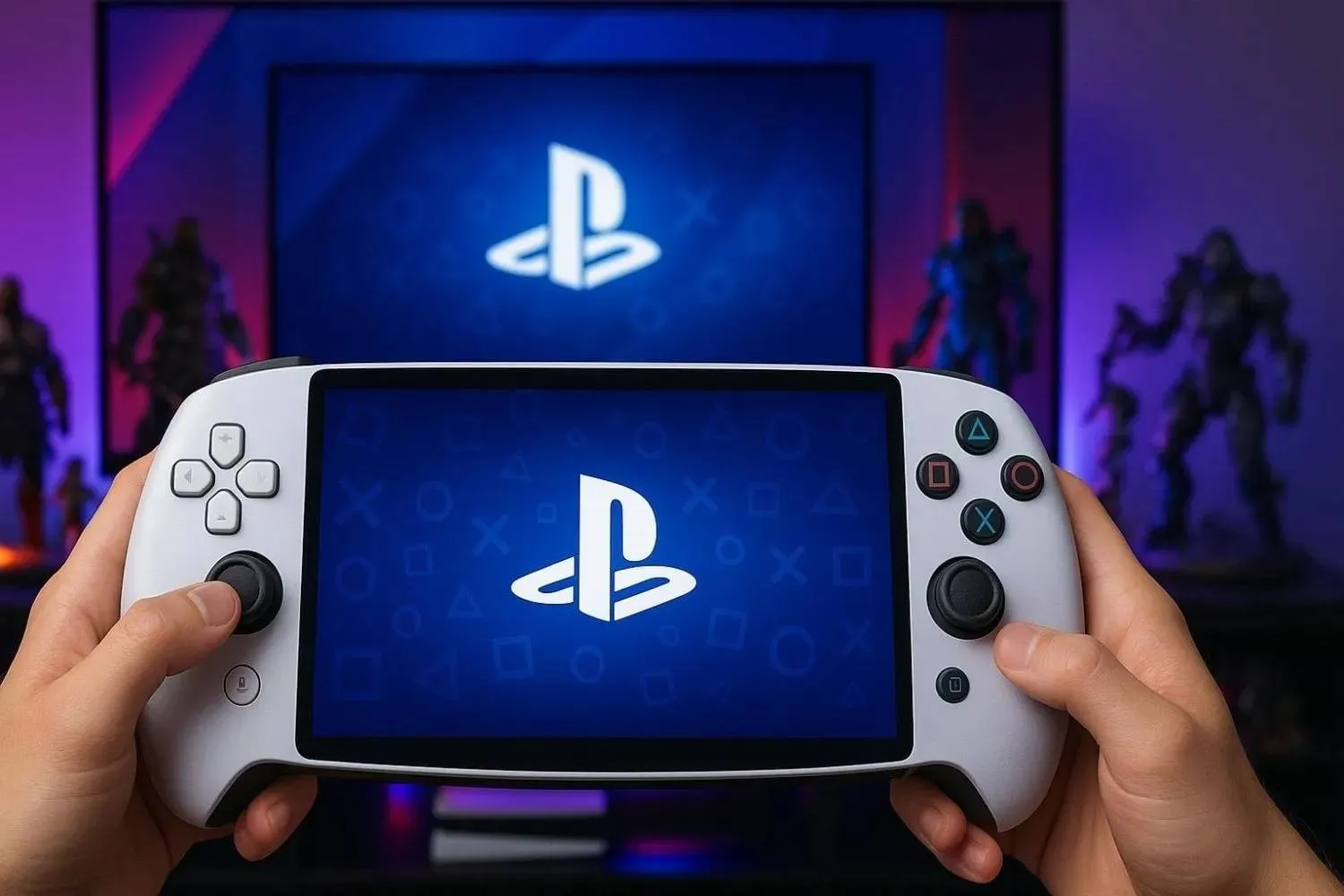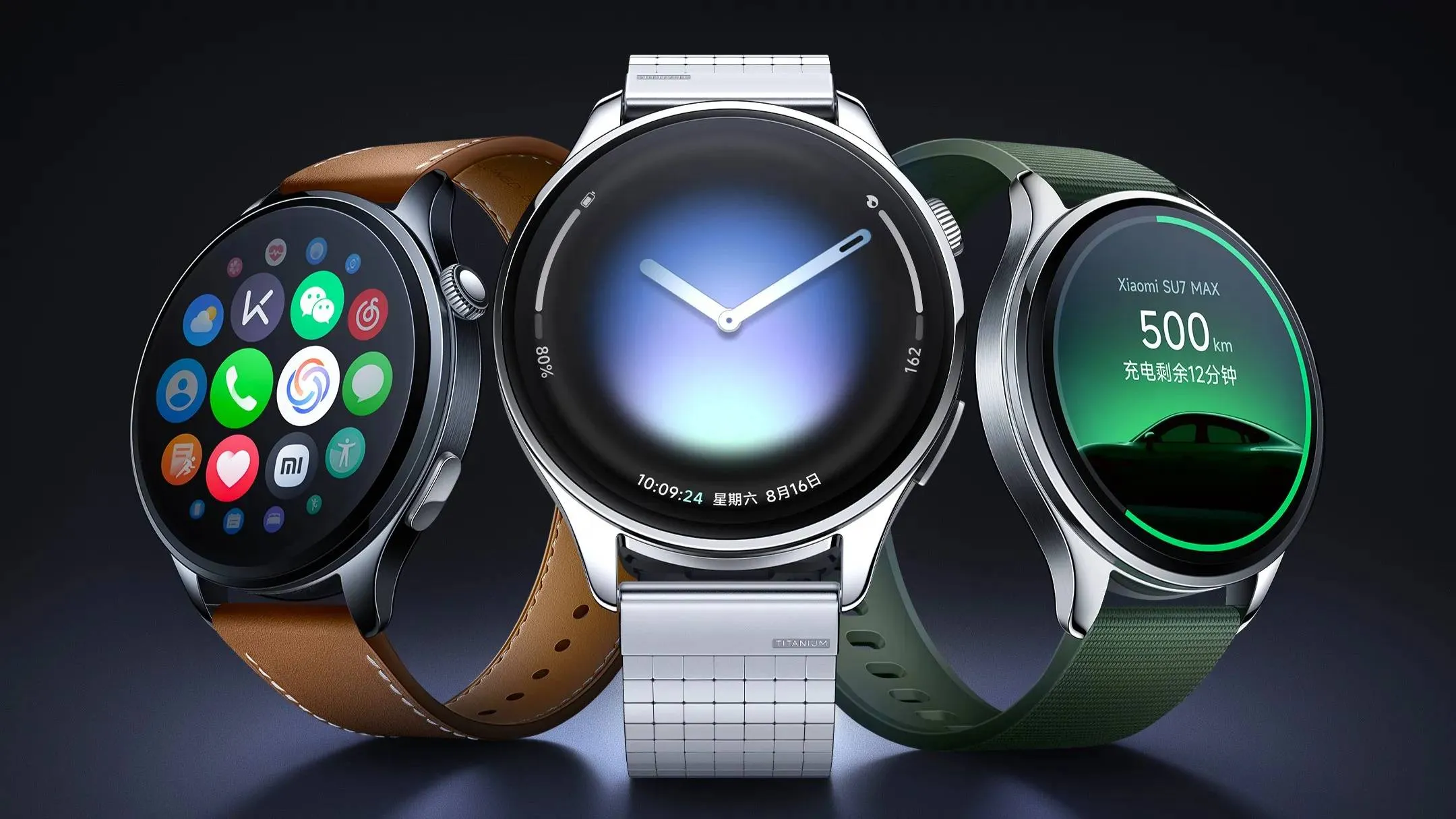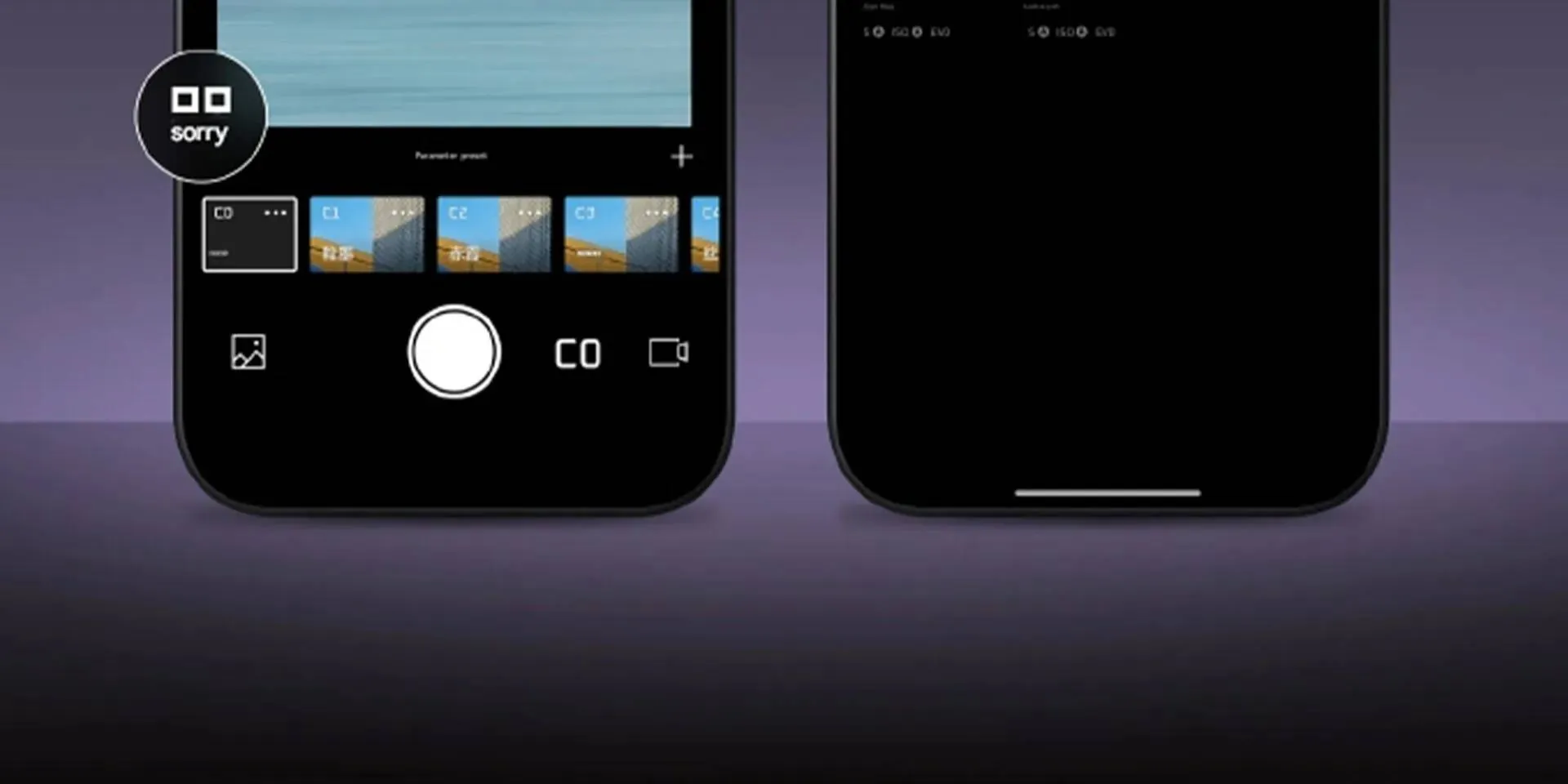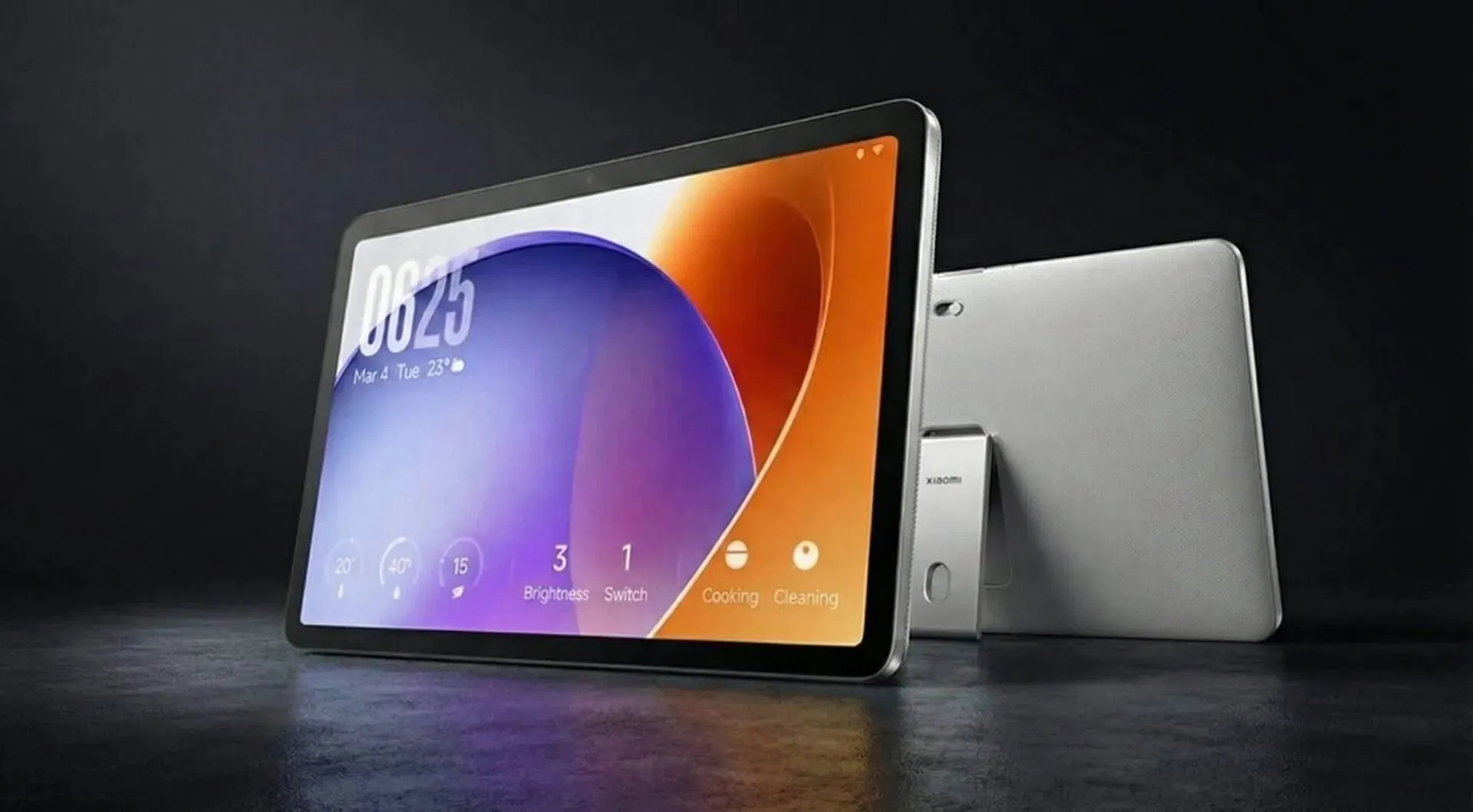
Xiaomi Update Blacklist 2026: Is Your Phone on It?
Jan 04, 11:08
Samsung One UI 8.5: The New Video Interface is a Game-Changer
Jan 04, 10:49
Best Smartphones Under $600 – December 2025
Dec 31, 16:00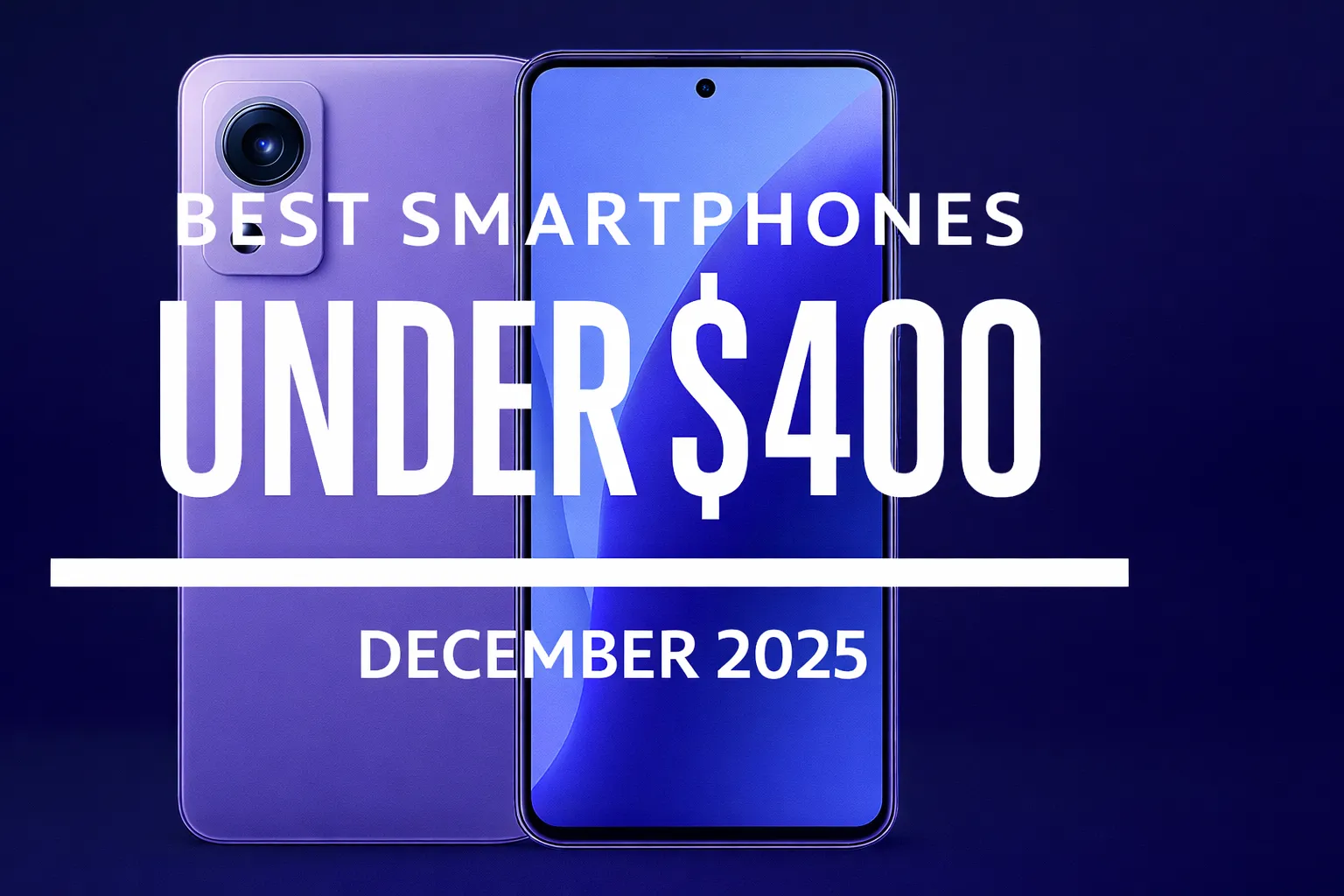
Best Smartphones Under $400 – December 2025
Dec 30, 17:29
Google Photos is Finally Hitting the Big Screen (And No, It’s Not on Google TV!)
Dec 29, 22:08
Vivo X300 FE and X200T Receive BIS Certification; Launch in India Seems Imminent
Two smartphones from Vivo were spotted at the India BIS certification. The devices are rumored to come as Vivo X300 FE and Vivo X200T.

Samsung Galaxy S26 Ultra: the tweet that changes (almost) everything
Is titanium dead? Samsung’s S26 Ultra color leak suggests a return to Armor Aluminum 2.0. Learn why heat management is the real reason for the 2026 shift.

Xiaomi Update Blacklist 2026: Is Your Phone on It?
Is your Xiaomi phone retiring? Check the 2026 EOL list for the Xiaomi 12, 12T, and Redmi Note 12 5G. Find out when your security updates officially stop.

Samsung One UI 8.5: The New Video Interface is a Game-Changer
Discover the new One UI 8.5 video resolution interface. Samsung’s latest update brings a cleaner design, HDR toggles, and LOG support to the camera app.
- Besoin de ça
 merveil11-12-2025
merveil11-12-2025 - Looking forward to buying both sizes of this when they are available in Thailand 🇹🇭chrisman08-12-2025
- Finally! Surprised corrupt Grok was not mentionedMaxNix07-12-2025
- About time!!MaxNix07-12-2025
- Best practice avoid buying Xiaomi phones and products, you all won't regret later.Kevin03-12-2025
- Interesting update on OpenAI’s Sora app! As we also review AI and SaaS tools at TheSoftReview, it’s fascinating to see how video-generation apps are expanding to mobile platforms, making creative workflows more accessible.Shamima29-11-2025
- Good, good… keep going downhill. Unlike Xiaomi, other brands in Europe actually allow global users to unlock the bootloader. Xiaomi is full of lies the Mi Community app doesn’t work, and for over a month I clicked every day with no success. In the end I sold the phone and switched to another brand. Samsung works perfectly and unlocking the bootloader is very easy. I used to support Xiaomi and my whole family bought their phones, but now it’s over. Goodbye! I hope your stock keeps falling next year. Yay!HeCosmin28-11-2025
- Kind of drop the Ultra's 2K screen and 120Hz refresh rate.MaxNix25-11-2025
- Stellar Data Recovery worked great for me when I lost some important photos from my SD card. It found files I didn’t even remember deleting, which was surprising. Although the scan was a bit slow, the recovery success made it worth the wait.john25-11-2025
- Really eye-opening article. You make a strong case that Facebook Messenger collects huge amounts of user data — more than many other apps, according to survey results.lindseyjohn83020-11-2025

Samsung Galaxy S26 Ultra: the tweet that changes (almost) everything
Is titanium dead? Samsung’s S26 Ultra color leak suggests a return to Armor Aluminum 2.0. Learn why heat management is the real reason for the 2026 shift.

How cloud sync tools can be slowing down your phone or PC
Sync tools sound helpful, and in many ways they are, but pushing every file to every cloud can quietly damage daily system speed.

GizChina Awards: Best Flagship Smartphones of 2025
It's time for a recap of the best flagship smartphones of 2025! Check the best smartphones of the GizChina Awards with powerful hardware and excellent performance.
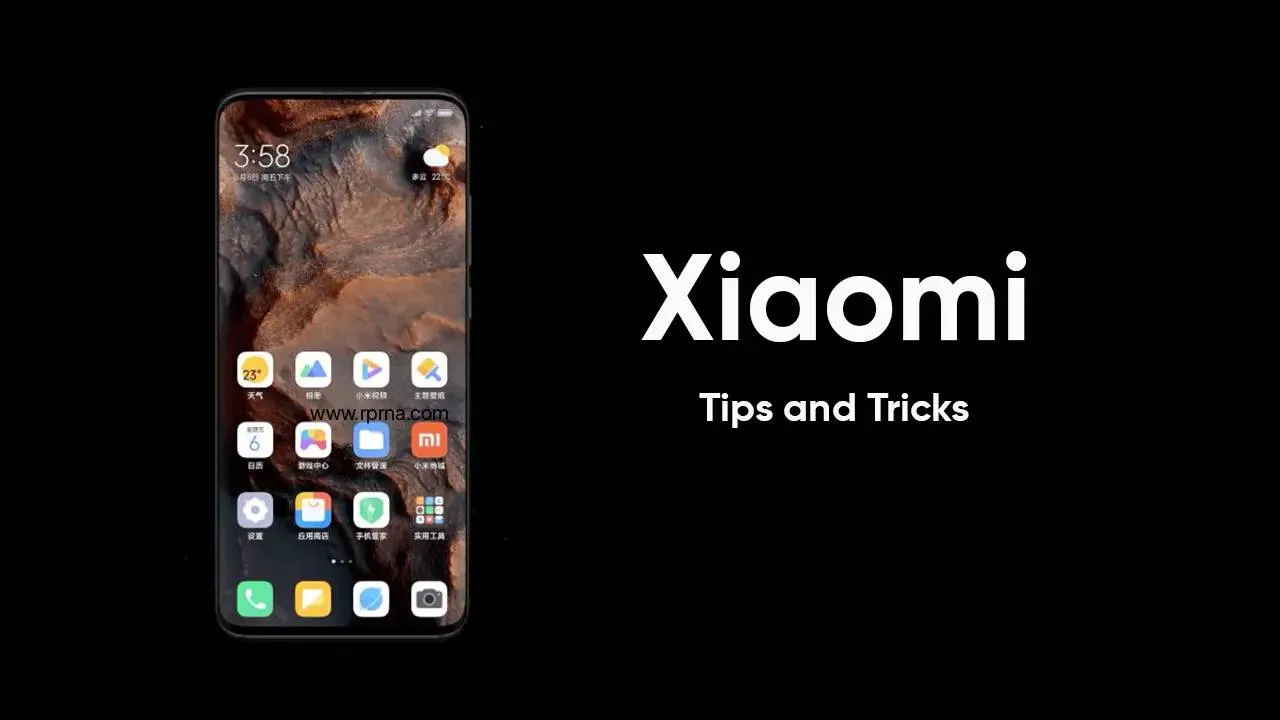
Double Your Xiaomi Speed Instantly: The One Simple Trick That Works!
Make your slow Xiaomi phone fast again! Discover the simple trick of clearing your system launcher cache to instantly restore performance, speed, and battery life.
Loading

